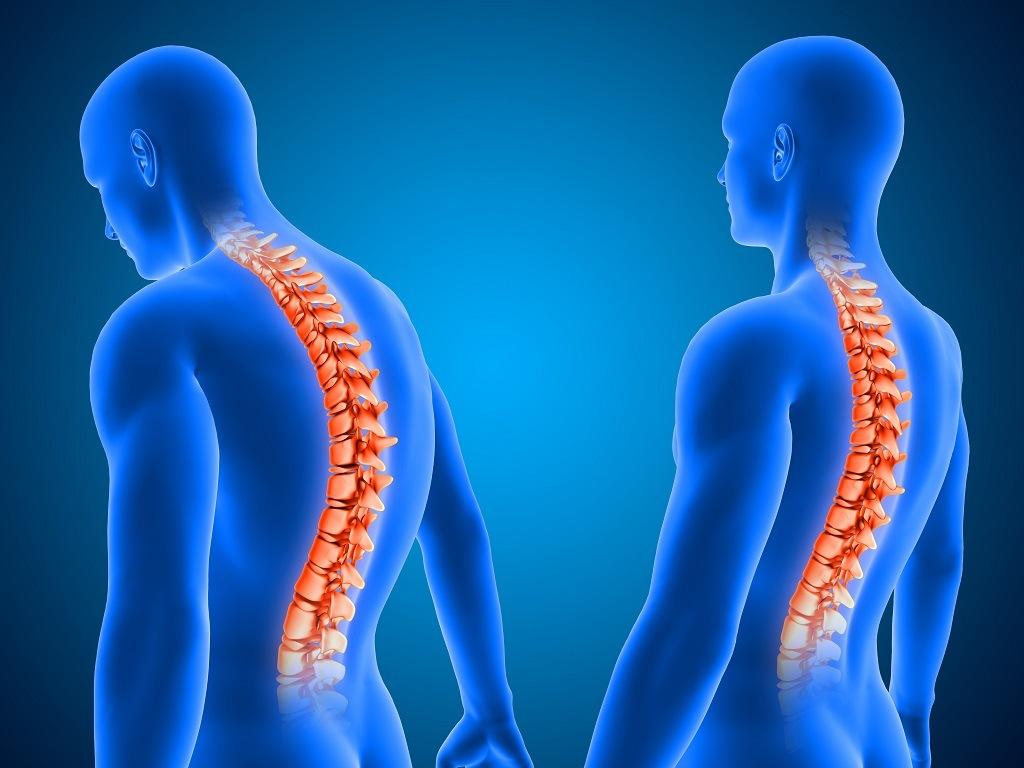Spine Surgery
What is Spine Surgery?
Spine surgery is a medical procedure performed to treat spinal conditions, such as herniated discs, spinal stenosis, scoliosis, fractures, or chronic back pain that does not respond to non-surgical treatments. The goal of spine surgery is to relieve pain, restore function, and stabilize the spine.
Common Types of Spine Surgery
- Discectomy – Removal of a damaged or herniated disc to relieve nerve pressure.
- Laminectomy – Removal of part of the vertebra (lamina) to reduce spinal cord compression.
- Spinal Fusion – Fusing two or more vertebrae to stabilize the spine and reduce pain.
- Foraminotomy – Widening the space where nerves exit the spine to relieve nerve compression.
- Artificial Disc Replacement – Replacing a damaged disc with an artificial one to maintain movement.
- Minimally Invasive Spine Surgery (MISS) – Small incisions and specialized tools for quicker recovery.
Conditions That May Require Spine Surgery
- Herniated or bulging discs
- Spinal stenosis (narrowing of the spinal canal)
- Scoliosis or spinal deformities
- Degenerative disc disease
- Spinal fractures or instability
- Sciatica (nerve pain from spinal compression)
Recovery After Spine Surgery
- Hospital Stay: 1-5 days, depending on the procedure
- Rehabilitation: Physical therapy is often required
- Pain Management: Medications, ice/heat therapy, and rest
- Recovery Time: Weeks to months, depending on the type of surgery and patient condition
Risks and Complications
- Infection
- Blood clots
- Nerve damage
- Failed back surgery syndrome (persistent pain after surgery)
- Limited mobility in some cases
Success Rate & Outlook
- Many spine surgeries have high success rates (70-90%) in relieving pain and improving function.
- Recovery varies based on the patient's health, the procedure performed, and adherence to rehabilitation.

